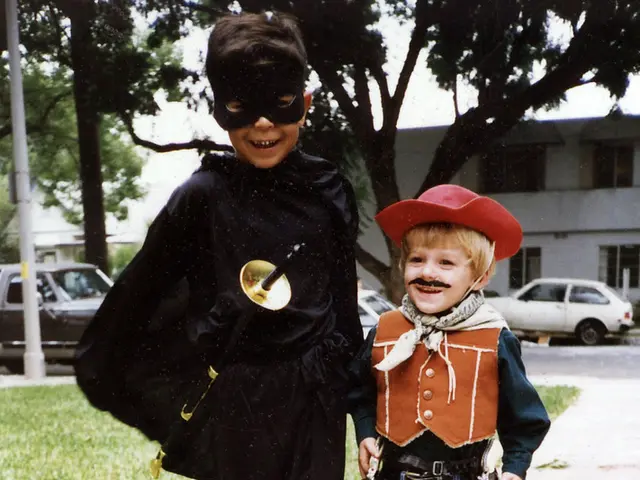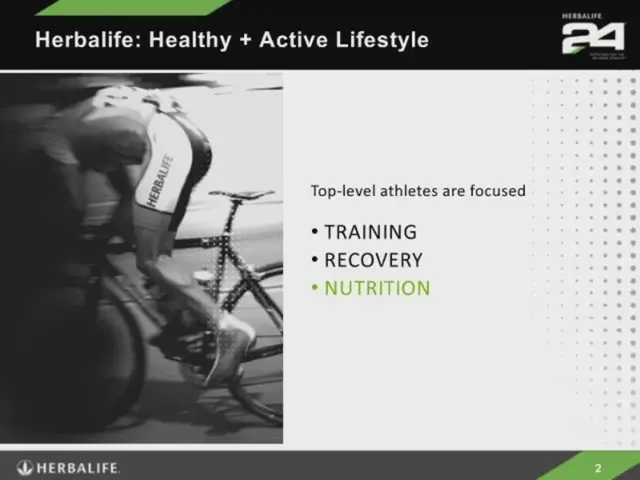Critics dispute the accumulation of 1,500 tons of waste over a 15-year period at Seneca Meadows. So, what's the plan moving forward?
In the picturesque town of Seneca Falls, known for its historical significance in the women's rights movement, a modern-day controversy is brewing. The town, located in upstate New York, is currently dealing with a large amount of New York City's trash daily, courtesy of the Seneca Meadows landfill.
The landfill, the state's largest, spans 400 acres and takes in 6,000 tons of trash each day, making it the state's top emitter of methane, a powerful greenhouse gas. This has raised concerns about the environment and the town's residents' health.
New York City's "Zero Waste" law aims to end landfill use by 2030, but currently, less than 25% of waste is diverted. Despite this, Seneca Meadows Inc., the company trying to expand and extend the landfill until 2040, is fighting to keep it open.
Local Law 3, passed in 2016, requires Seneca Meadows to close by December 31. However, the company is defying this law, and attorney Douglas Zamelis has threatened to sue if the landfill continues to operate. Environmental lawyers, including Earthjustice attorney Susan Kraham, argue that the landfill shouldn't be able to operate according to local law.
The expansion of the landfill needs approval from the New York State Department of Environmental Conservation (DEC). The DEC is currently reviewing Waste Connections' environmental impact statement for the landfill expansion. A report found that cancer rates were as much as 63% higher in the area around the landfill between 2013 and 2017, but Waste Connections disputes any link and submitted its own analysis claiming "no evidence" of harm.
Residents and business owners near the dump complain about the impact, describing the trash trucks as noisy and filthy, and the smell as unbearable. A 9-year-old boy, Leo Mull, spoke out against the dump, stating that it affects his soccer games and health. In March, a town board voted 3-2 to approve the landfill's future.
If approved, the landfill could continue operating past the end of this year despite Local Law 3 requiring it to close. Waste Connections' latest plan is to fill the valleys between trash piles and build the dump 70 feet higher, extending its operation for another 15 years and bringing an additional $150 million to the town.
Opponents argue that the landfill poses serious health and environmental risks, with some linking it to a nearby cluster of lung cancer cases. Taylor, a resident of Seneca Falls, urges the state to step up and protect her town to fulfill its climate promises. New York State has a climate law aiming to slash emissions 40% by 2030, but emissions have increased each year since 2020, and the DEP hasn't published required regulations yet.
As the debate continues, the future of Seneca Falls hangs in the balance. The town, steeped in history, faces a modern-day challenge that could impact its environment and the health of its residents for years to come.
Read also:
- Peptide YY (PYY): Exploring its Role in Appetite Suppression, Intestinal Health, and Cognitive Links
- Toddler Health: Rotavirus Signs, Origins, and Potential Complications
- Digestive issues and heart discomfort: Root causes and associated health conditions
- House Infernos: Deadly Hazards Surpassing the Flames








